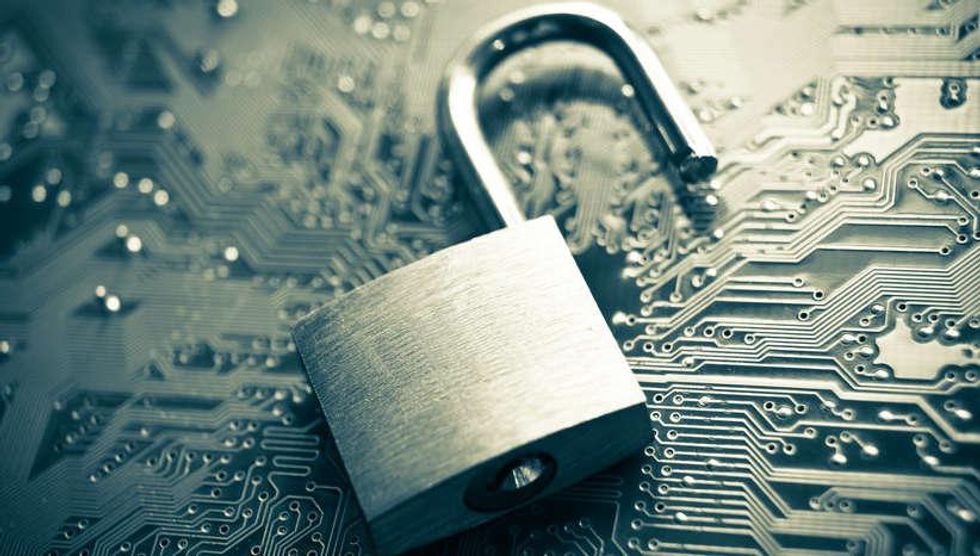.
In today’s world, our lives are lived increasingly online. Whether you’re communicating with friends on social media or signing in to your work email account, you’ll have a number of profiles across different platforms and programs. It’s these profiles that you’ll need to protect, seeing as they’re considered valuable by criminals who could use a breached profile to access your bank account. In this article, we’ll look at the changing nature of digital security systems you can use to keep your passwords and profiles safe.
Two Factor Authentication
One of the simplest steps you can take to protect your digital profiles is to set up two-factor authentication, also known simply as 2FA, for your profiles. This system works by asking you to verify that it’s truly you accessing your profile. You may, for instance, be asked to verify your identity via your email account after entering your password.
The reason this is such a favored method of protecting profiles is simple: if someone has access to only one part of your digital identity, it’ll not be enough to grant them access to your profiles. They might possess your password, but they’d need access to your email account to sign in as you. This system is becoming more popular across various platforms and is well worth setting up across your digital life.
Biometrics
These ways of authenticating your identity are even more individual and unique. A facial scan is already enough to unlock some phones. Fingerprints are also common across digital devices, as are retina scans. All of these add up to the fast-developing world of biometrics, which is seen as one of the most promising fields in the world when it comes to lending further security to our digital devices and identities.
There are some downsides to biometrics, too. For one, the system can malfunction, leaving people locked out of their devices despite being the device’s owners. Biometrics have also led to concerns about police forces and surveillance, prompting regulators to take a careful look at how to keep people safe with this powerful new technology. Still, it’s another key way to protect your digital self and your digital devices.
Passwords
It might sound ridiculously simple, but changing your passwords may be the single most effective way to protect your digital persona. If you’re still using the same password across your dozens of digital profiles, now is the time to think about new ones. Make sure they’re different for each profile so that a potential criminal won’t be able to access all your accounts with a single password.
There are handy guides online to help you choose an ultra-secure password. Plus, you could use password manager apps to store all your different passwords. That’ll help you when you forget a password – something that happens relatively often when you’re changing many passwords at once. Make these changes, and you’ll be far less likely to be digitally compromised later in life.
Take note of the tips outlined above in order to better protect your digital security in 2022 and beyond.











